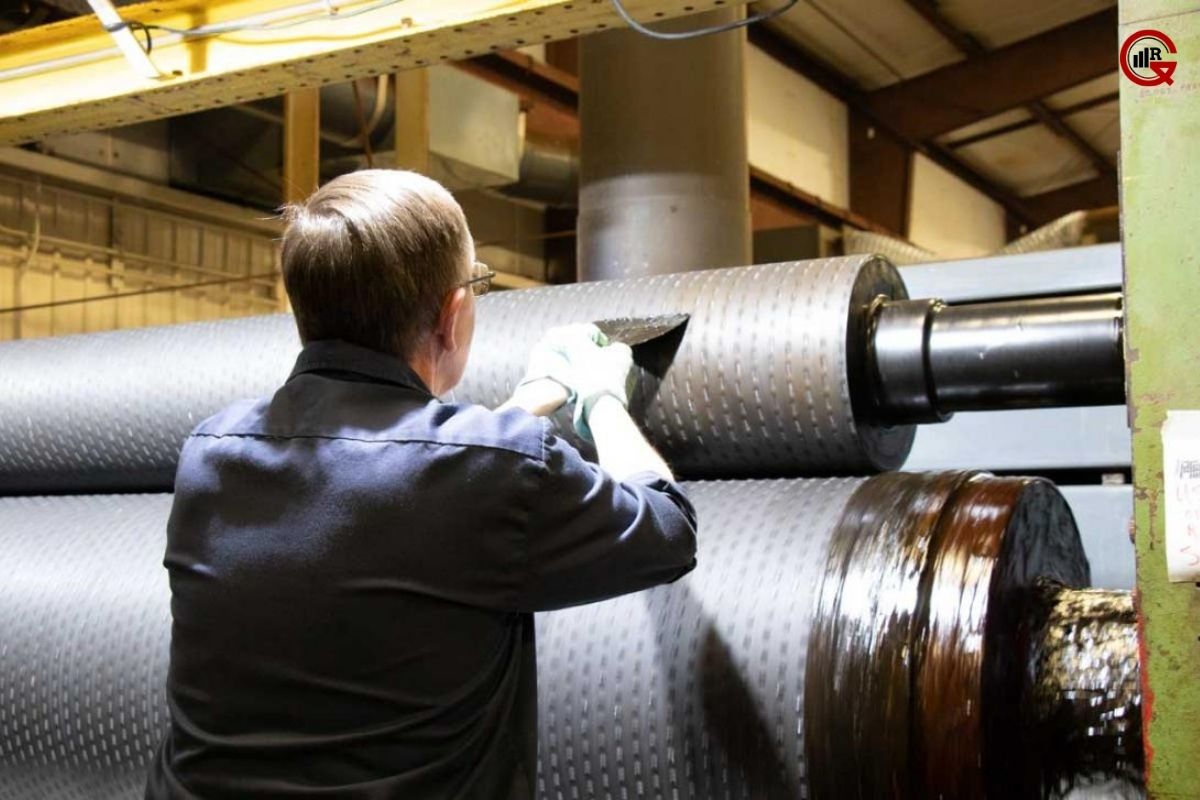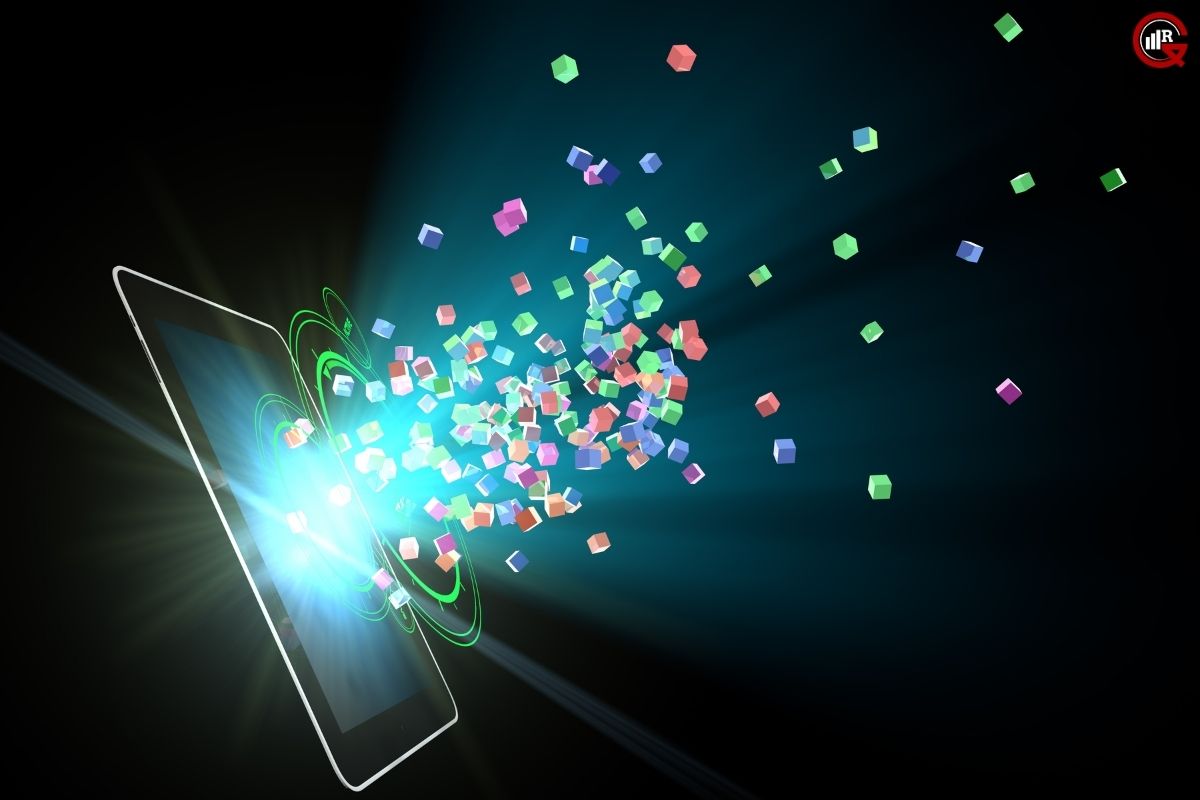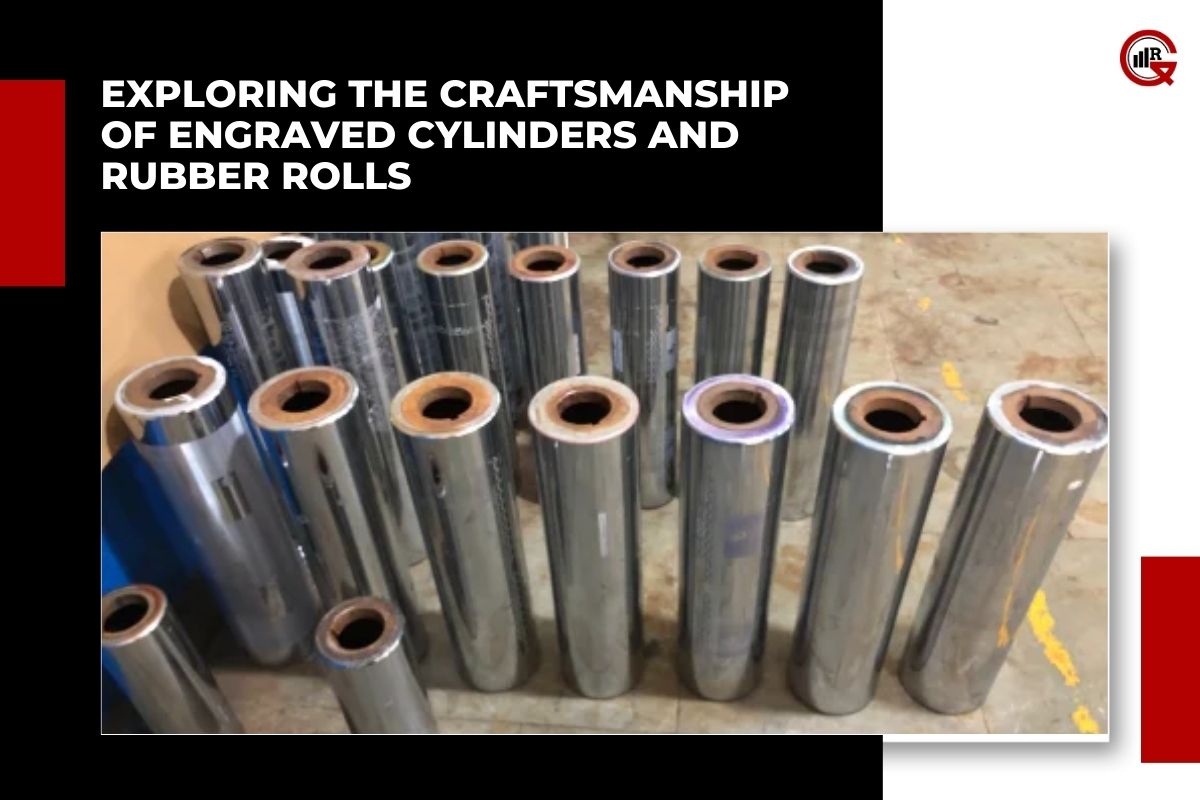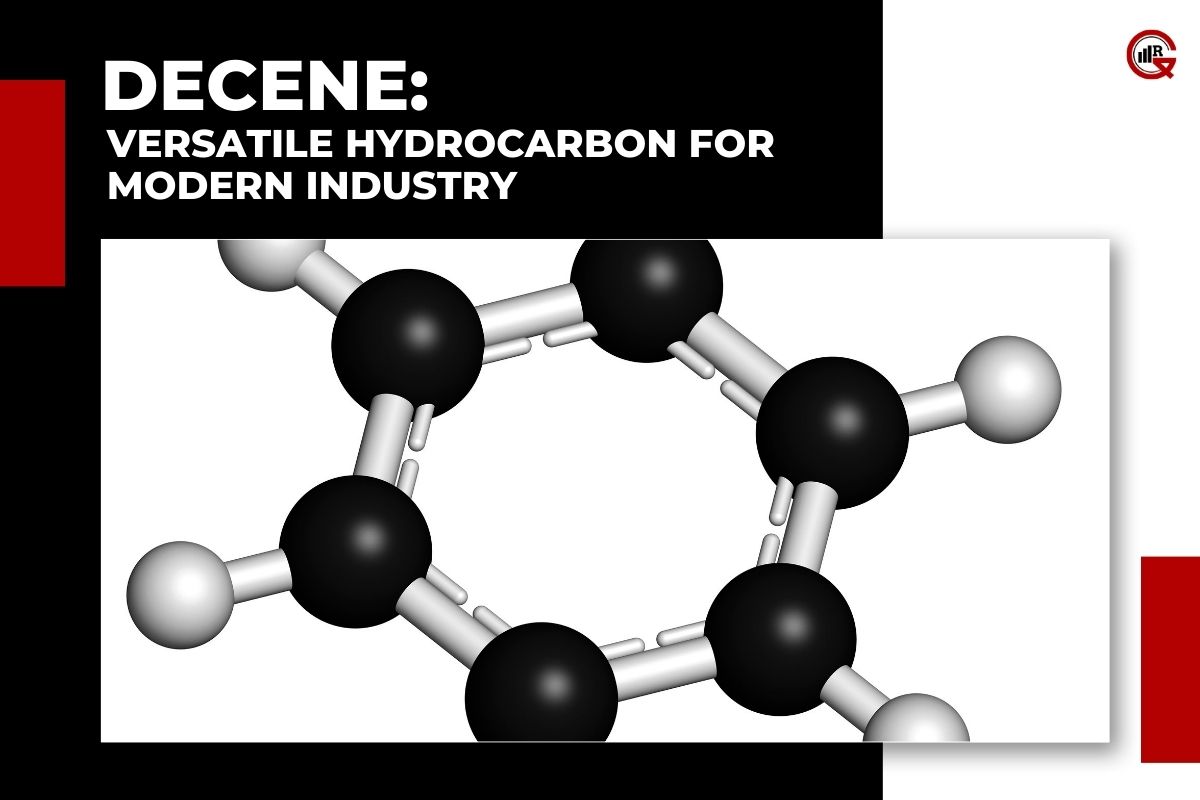(Source – IndiaMart)
Engraved cylinders and rubber rolls are indispensable components in various industrial processes, playing critical roles in printing, embossing, laminating, and more. Despite their understated presence, these precision-engineered tools demonstrate the convergence of craftsmanship, engineering, and innovation. In this article, we delve into the intricacies of engraved cylinders and rubber rolls, their manufacturing processes, applications across industries, and the advancements shaping their future.
Understanding Engraved Cylinders and Rubber Rolls:
Engraved cylinders, also known as gravure cylinders or printing cylinders, serve as the backbone of gravure printing, a high-quality and high-speed printing process widely used in packaging, publishing, decorative printing, and security printing. These cylinders are meticulously engraved with recessed cells or dots, each representing a specific color or image detail. The depth, shape, and arrangement of these cells determine the ink-carrying capacity and printing precision.
The Manufacturing Process:

The production of engraved cylinders is a blend of artistry and precision engineering. Initially, the cylinder surface, typically made of copper or chrome-plated steel, undergoes meticulous polishing to achieve a flawless finish. Subsequently, skilled artisans employ various engraving techniques, including electromechanical engraving, laser engraving, and chemical etching, to create the desired patterns or images on the cylinder surface. Each method offers unique advantages in terms of speed, precision, and suitability for different materials.
Electromechanical engraving involves using a diamond-tipped stylus to directly carve the design onto the cylinder’s surface. Laser engraving, on the other hand, utilizes high-energy laser beams to vaporize or ablate the cylinder material, offering exceptional precision and versatility. Chemical etching involves coating the cylinder with a photosensitive resist, exposing it to ultraviolet light through a mask containing the desired pattern, and then chemically etching away the unexposed areas to create the engraved design.
Applications Across Industries:
Engraved Cylinders and Rubber Rolls find widespread application in various industries, including flexible packaging, label printing, wallpaper manufacturing, and currency printing. In flexible packaging, gravure printing delivers vibrant colors and intricate designs, enhancing product appeal and brand recognition. Label printing utilizes engraved cylinders to achieve precise graphics and text, catering to diverse labeling requirements in food, beverage, pharmaceuticals, and cosmetics.
Moreover, engraved cylinders play a pivotal role in specialty printing applications, such as security printing and decorative laminates. In security printing, intricate patterns, micro-text, and holographic elements engraved on cylinders deter counterfeiting and ensure document authenticity. Decorative laminates, used in furniture, flooring, and interior design, feature embossed textures and patterns created through engraved cylinders, adding aesthetic value and tactile appeal.
Engraved Cylinders and Rubber Rolls: The Unsung Heroes of Industrial Processes

While Engraved Cylinders and Rubber Rolls take the spotlight in printing and embossing, rubber rolls quietly support a myriad of industrial processes, including web handling, laminating, coating, and embossing. These versatile components, typically made of synthetic rubber or elastomers, exhibit exceptional resilience, durability, and surface uniformity, making them ideal for conveying, spreading, or compressing materials in diverse manufacturing environments.
Manufacturing Rubber Rolls:
The manufacturing process of rubber rolls involves precision engineering and specialized rubber compounding techniques to achieve the desired mechanical properties and surface characteristics. Initially, raw rubber compounds, comprising elastomers, fillers, plasticizers, and curing agents, are mixed and processed to form uniform sheets or strips. Subsequently, these sheets undergo precision machining, grinding, or molding to produce the final rubber roll components.
The surface finish and hardness of rubber rolls are critical parameters determined by the application requirements. Hard rubber rolls, characterized by high durometer values, offer superior wear resistance and dimensional stability, making them suitable for heavy-duty applications such as calendering and embossing. In contrast, softer rubber rolls provide enhanced grip and cushioning, ideal for applications requiring gentle material handling or delicate surface treatment.
Diverse Applications and Advancements:

Engraved Cylinders and Rubber rolls find extensive use across industries, serving as essential components in printing presses, laminators, embossing machines, and converting equipment. In printing applications, rubber rolls facilitate precise ink transfer and web tension control, ensuring consistent print quality and registration accuracy. In laminating processes, rubber rolls apply uniform pressure to bond adhesive layers and substrates, producing durable composite materials.
Recent advancements in material science and manufacturing technology have further expanded the capabilities of rubber rolls, enabling customization of surface properties, such as coefficient of friction, release characteristics, and anti-static properties, to meet specific application requirements. Additionally, innovations in roll coating technologies, such as laser-engraved coating patterns and nanostructured surfaces, have enhanced coating uniformity and efficiency, enabling precise control over coating thickness and distribution.
Conclusion:
Engraved cylinders and rubber rolls exemplify the marriage of craftsmanship, engineering, and innovation in industrial manufacturing. From precision engraving techniques to specialized rubber compounding, these components play indispensable roles across diverse industries, driving efficiency, quality, and innovation. As advancements continue to shape the landscape of industrial processes, engraved cylinders and rubber rolls remain steadfast pillars of modern manufacturing, underscoring their enduring relevance and significance in the ever-evolving industrial ecosystem.






